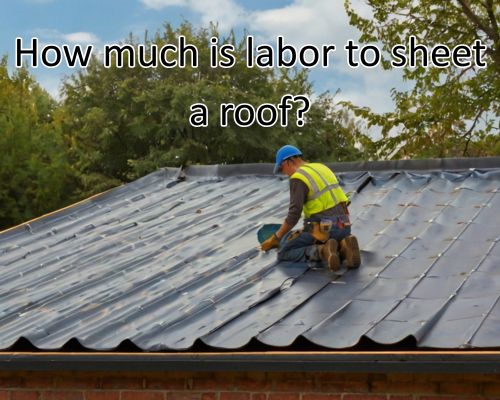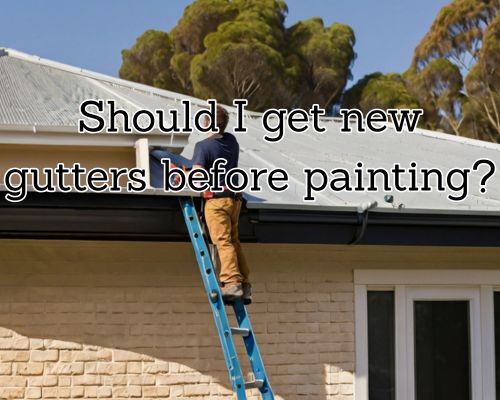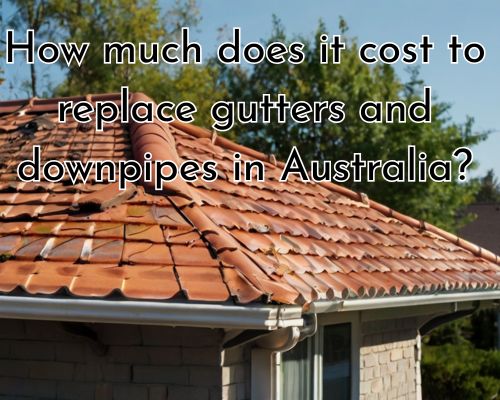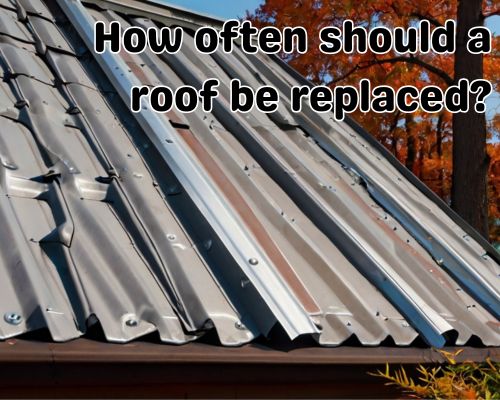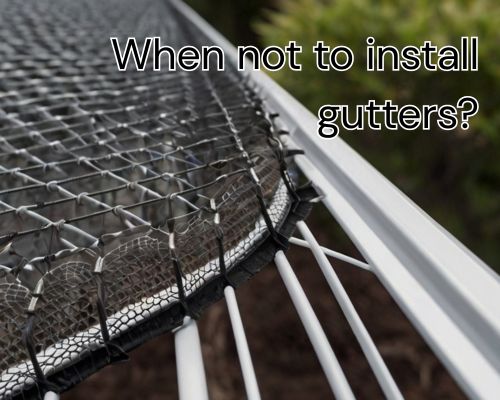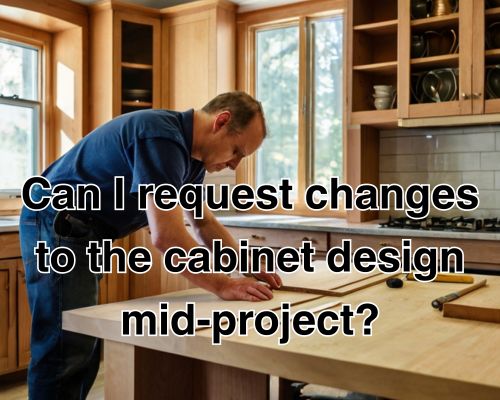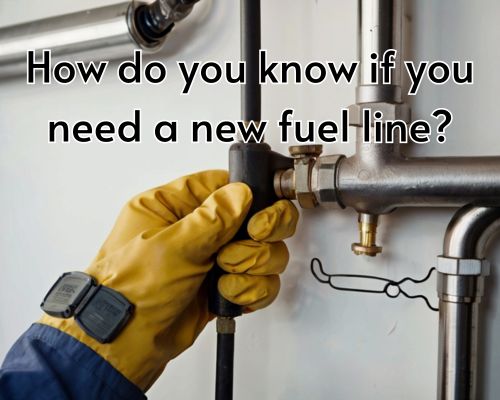
What Is the Best Salary for a Plumber? A Deep Dive into Plumbing Wages in Warragul, AustraliaWhat Is the Best Salary for a Plumber? A Deep Dive into Plumbing Wages in Warragul, Australia
Plumbing is one of those professions that often flies under the radar until something goes wrong—then it becomes indispensable. From emergency pipe bursts to intricate bathroom renovations, plumbers play a crucial role in the infrastructure of both homes and businesses. So, it begs the question: what is the best salary for a plumber, especially in a regional hub like Warragul, Victoria?

With Plumber Warragul, let’s break this down by looking at industry standards, regional factors, and career progression to determine what a top-tier plumber can realistically expect to earn in Warragul, a fast-growing town in the West Gippsland region of Victoria, Australia.
Understanding the Plumbing Industry in Australia
Before zooming in on Warragul, it’s essential to understand the broader picture. In Australia, plumbers are regulated through licensing systems, typically under each state or territory’s building authority. In Victoria, that’s the Victorian Building Authority (VBA).
According to Job Outlook by the Australian Government, plumbing is a high-demand occupation, with strong future growth and high job security. Salaries vary significantly based on experience, location, specialisation, and whether the plumber is self-employed or works for a company.
Average Plumbing Salaries in Australia
As of 2025, the average base salary for a qualified plumber in Australia sits between $70,000 and $90,000 per year, according to sources like Seek, Indeed, and the Fair Work Ombudsman. Apprentice plumbers generally start between $25,000 and $40,000, while senior-level professionals or business owners can earn well over $120,000 annually.
How Does Warragul Compare?
Warragul, a key service and commuter town about 100km southeast of Melbourne, has seen consistent growth over the past decade. With a population of around 20,000 and booming residential developments in nearby Drouin and Yarragon, demand for skilled trades—especially plumbing—has been steadily increasing.
Thanks to the growth in housing developments and infrastructure projects in the Baw Baw Shire, local plumbers often find themselves with steady, year-round work. Additionally, because Warragul is regional but still within commuting distance to Melbourne’s eastern suburbs, plumbers can service both local and metro clients, often commanding higher call-out rates for jobs in more remote locations.
Salary Range for Plumbers in Warragul
Based on local job postings, industry reports, and feedback from tradies in the area, here’s a breakdown of plumber salaries in Warragul:
| Experience Level | Role Type | Estimated Annual Salary (AUD) |
|---|---|---|
| Apprentice | Entry-level | $28,000 – $42,000 |
| Qualified Tradesperson | Employee | $65,000 – $85,000 |
| Senior Plumber | Supervisor or Specialist | $90,000 – $110,000 |
| Business Owner | Self-employed | $100,000 – $160,000+ |
Figures reflect data from sites like Hipages, Indeed Australia, and regional trade boards as of Q2 2025.
Factors That Influence a Plumber’s Salary in Warragul
1. Licensing and Specialisations
In Victoria, plumbers must be licensed through the VBA and can choose to specialise in areas like:
- Gas fitting
- Roofing
- Drainage
- Fire protection
- Backflow prevention
Specialisations often command premium rates. For example, a licensed gas plumber or someone certified in hydronic heating systems may earn considerably more than a general plumbing technician.
2. Experience
As with most trades, experience translates to higher pay. A plumber with over 10 years on the job, solid referrals, and advanced certifications will likely earn near or at the top end of the salary spectrum in Warragul.
3. Self-Employment and Business Ownership
Many local plumbers eventually branch out and start their own businesses. This comes with added responsibilities—marketing, quoting, insurance, compliance—but can also double or even triple income when managed effectively.
In Warragul, where word-of-mouth and community trust are essential, well-branded and reliable plumbing businesses can see six-figure revenues, especially when serving both residential and commercial clients across West Gippsland.
4. After-Hours and Emergency Services
Warragul residents often seek 24/7 emergency services, particularly during winter when burst pipes and blocked drains are common. Plumbers who offer emergency call-outs or weekend services often charge 1.5x to 2x standard rates, which can significantly increase annual earnings.
For more, visit https://plumberwarragul.com.au/.
LSI Keywords and Salient Entities to Note
For those researching or optimizing content about plumbing salaries in Australia, especially in Victoria, here are related terms (LSI keywords) that often accompany the search term “what is the best salary for a plumber”:
- “Plumbing rates Australia”
- “Hourly wage for plumber”
- “Plumber job outlook”
- “Warragul trades salary”
- “VBA plumbing licence”
- “Regional plumber wages”
- “Self-employed plumber income”
- “Commercial vs residential plumber pay”
Salient entities include:
- VBA (Victorian Building Authority)
- Fair Work Commission
- Warragul, VIC
- Baw Baw Shire
- Australian Taxation Office (ATO)
- Trade apprenticeships Victoria
- West Gippsland TAFE (now part of Federation University)
How to Maximise Your Plumbing Salary in Warragul
Whether you’re just entering the industry or looking to grow your income, here are a few strategic tips:
- Upskill regularly by attending courses in gas fitting, roofing, or renewable water systems.
- Join local trade directories like Hipages or ServiceSeeking to boost visibility.
- Network within the Baw Baw construction and real estate communities.
- Invest in digital marketing—even a simple Google My Business listing can generate local leads.
- Deliver top-tier customer service—word travels fast in towns like Warragul, and positive reviews can be worth thousands in new business.
Final Thoughts
So, what is the best salary for a plumber in Warragul, Australia? The answer depends on experience, licensing, and ambition. A qualified plumber working full-time in Warragul can reasonably earn between $70,000 to $110,000, while successful business owners can exceed $150,000 annually, particularly when offering premium or emergency services.
Warragul’s unique location—balancing rural charm and metro accessibility—makes it a lucrative zone for tradespeople, especially plumbers. With continuous development in housing and infrastructure, the demand for skilled, licensed plumbers is only set to increase.
Whether you’re an apprentice just starting out or a seasoned tradie looking to expand, Warragul offers both stability and strong earning potential. And when managed wisely, plumbing in this region can be more than just a trade—it can be a thriving career.

